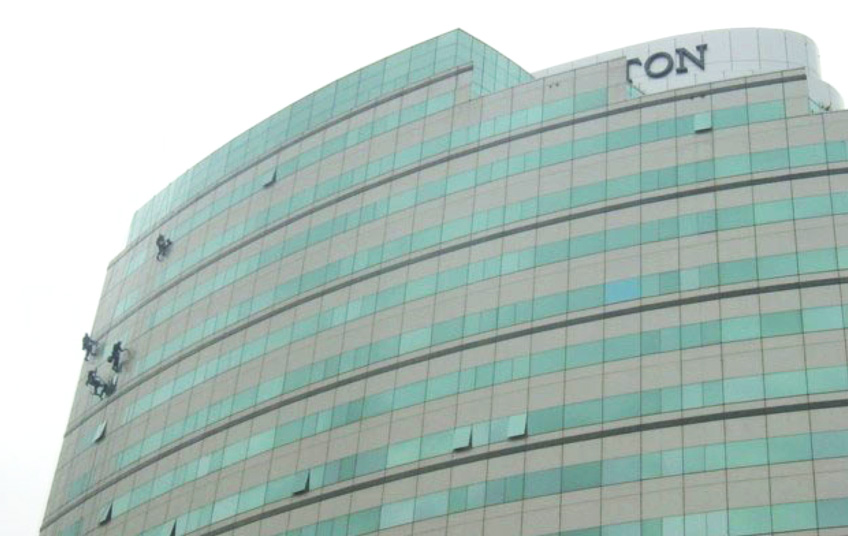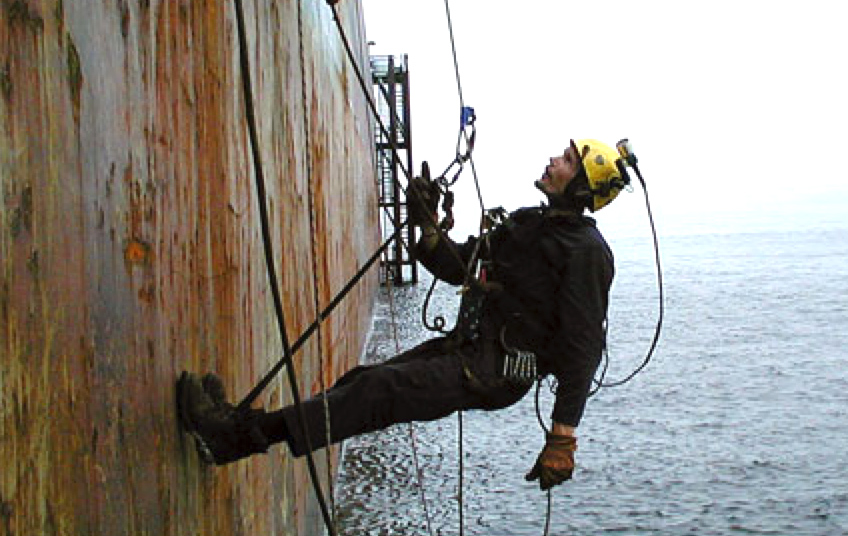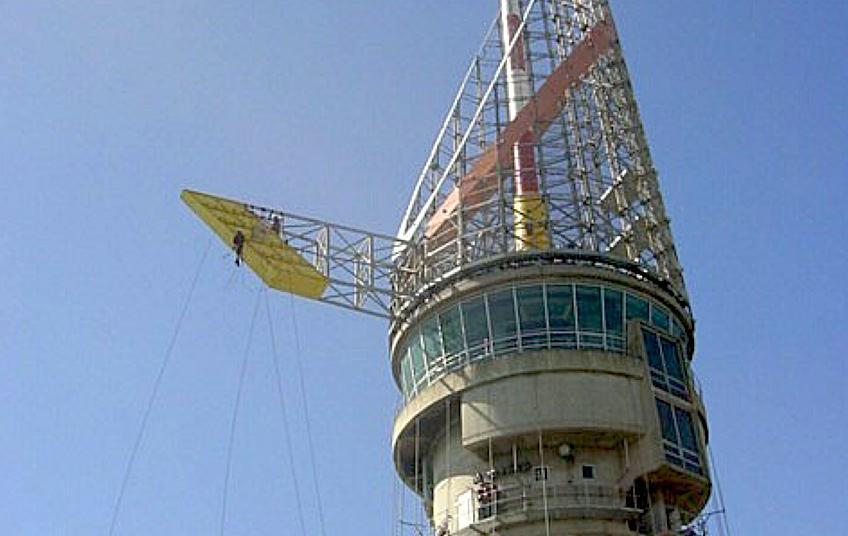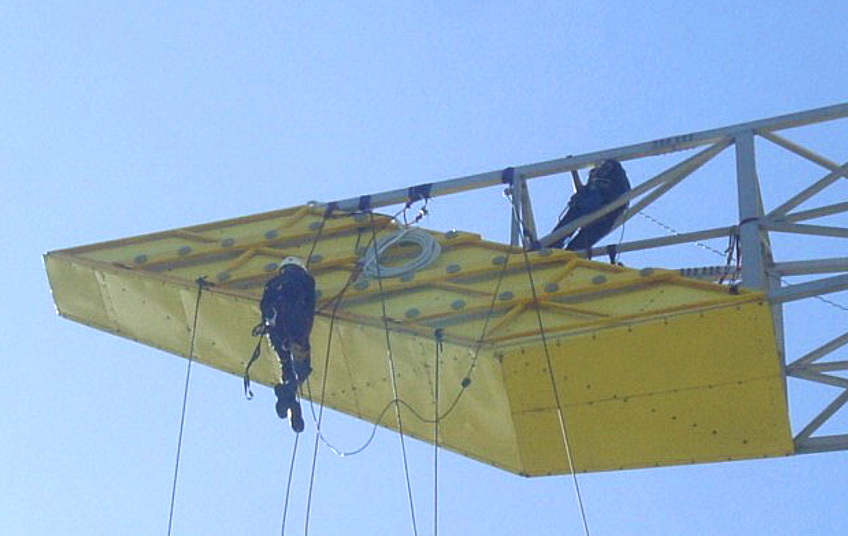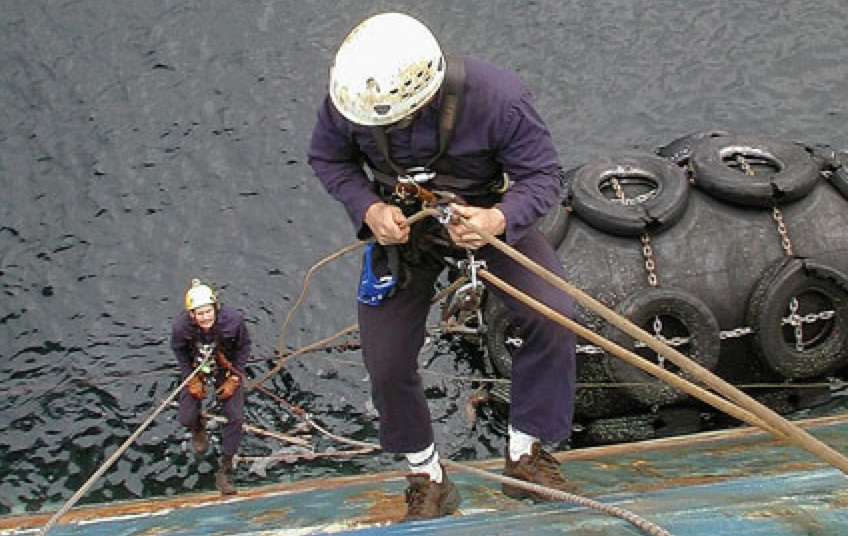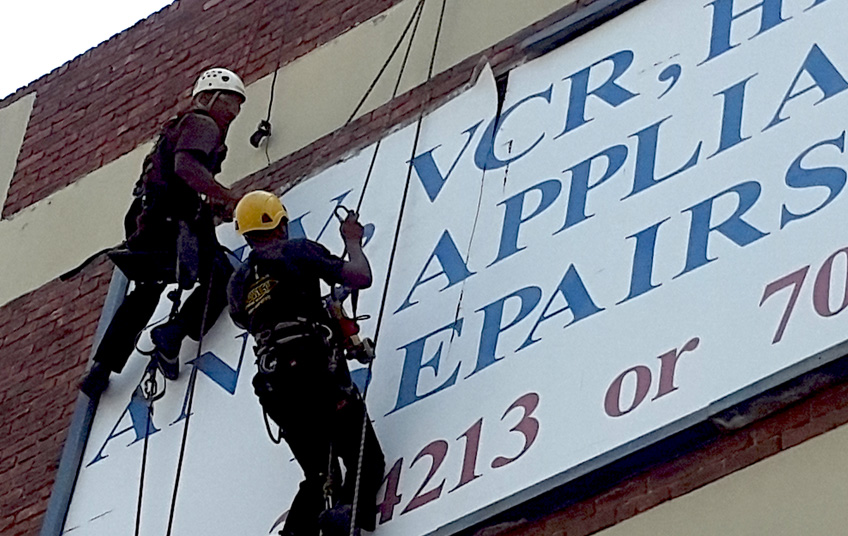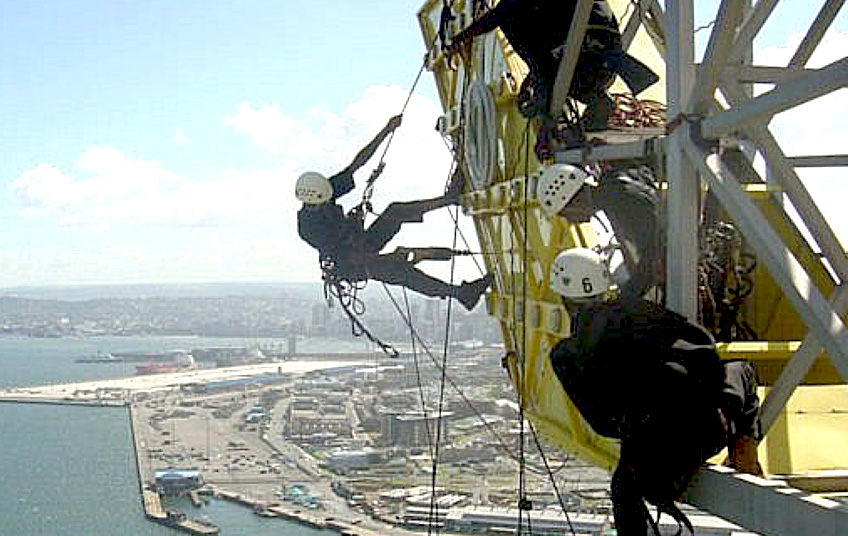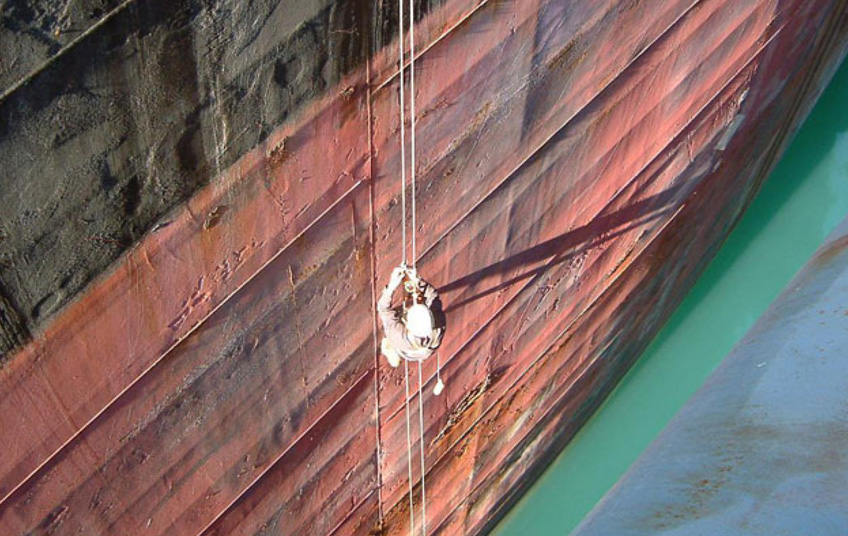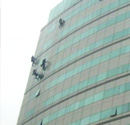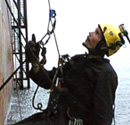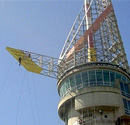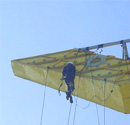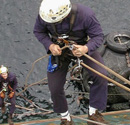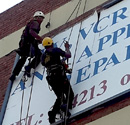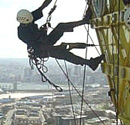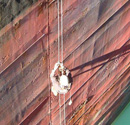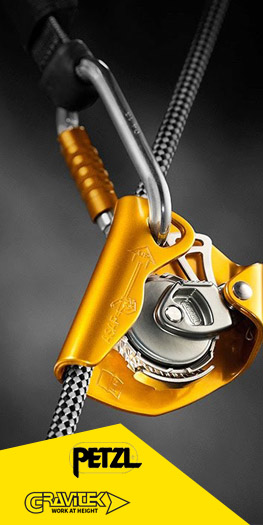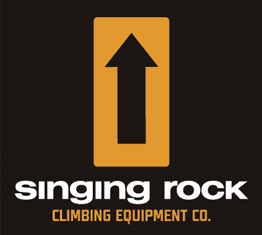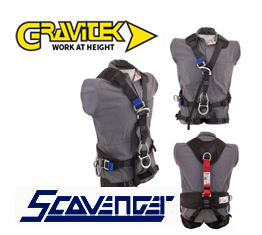What is now commonly referred to as the Rope Access Industry in South Africa and across the globe, can be said to have commenced in South Africa during the late 80’s when Johannesburg based rock climbers used their rock climbing knowledge, skills and equipment to clean windows on high-rise buildings. This activity rapidly gained acceptance and during the 90’s and now the practice is common in most SA cities and many industrial sites both on and off-shore.
During the 90’s it became apparent that the young industry’s reliance on skills gained in recreational climbing were no longer a viable substitute for recognized standards. As a result the South African Industrial Rope Access Association (SAIRAA) was founded by approximately 20 parties involved in the rope access industry. The initial mandate of this body was to create a forum for the growing local industry, to assist in the writing of SABS standards and fulfil a certification role for the training of technicians in accordance with the SABS standards. SAIRAA fulfilled these requirements until 2005 when it again became clear that change would be required to accommodate the growth of the work at height industry as a whole, in particular the fall arrest sector. The challenge was to adapt our system to accommodate this growth without compromising the existing standards. At the same time it made sense to align the training and certification system with the country’s developing National Qualifications Framework (NQF).
As a result SAIRAA changed its name to RAFAA (to enable the direct involvement of the fall arrest industry) and began the process of establishing SAQA (South African Qualifications Authority) recognized unit standards for rope access and fall arrest skills training. The Association has been fortunate in the assistance it has received from the Services Seta and through their involvement the SABS standards where aligned to the requirements of the South African Qualifications Authority (SAQA), resulting in 8 separate unit standards covering rope access and fall arrest skills training. Gravitek uses only qualified and licensed rope access technicians, trained in accordance with the above mentioned standards.
The Association’s main objective was to ensure best practice in operational and safety standards was applied uniformly throughout the industry. Central to this objective was the training, assessment and certification of technicians.
At the time of the merger over 3 000 technicians had been trained in the disciplines of rope access and height safety and fall arrest.
The Institute for Work at Height
The merger of SAEMA and RAFAA in January 2009 came about as both Associations recognised they had common areas of objectives and activities including:
- • Work at Height – being the common factor; the two existing Associations between them cover the full spectrum of this field of activity.
- • Legislation in terms of the Occupational Health & Safety Act, including the Construction Regulations of the Act affecting the work at height industry.
- • Registered Schedule 1 Employer bodies of the Services SETA.
- • Professional Body status given by the Services SETA – this being responsible for the certification and licensing of individuals.
- • The development of unit standards, skills programmes, and recognition of prior learning programmes, using the same outsourced expertise.
- • Interaction with the Department of Labour.
- • A new body would attract many new members in the various categories of membership, resulting in far greater financial stability.
- • Industry promotion for work at height, including The Institutes mouthpiece being the journal published by Primedia - "Specialised Access”".
- • Outsourcing of administration services to the same Secretariat.
Gravitek is an active corporate member of the IWH.


